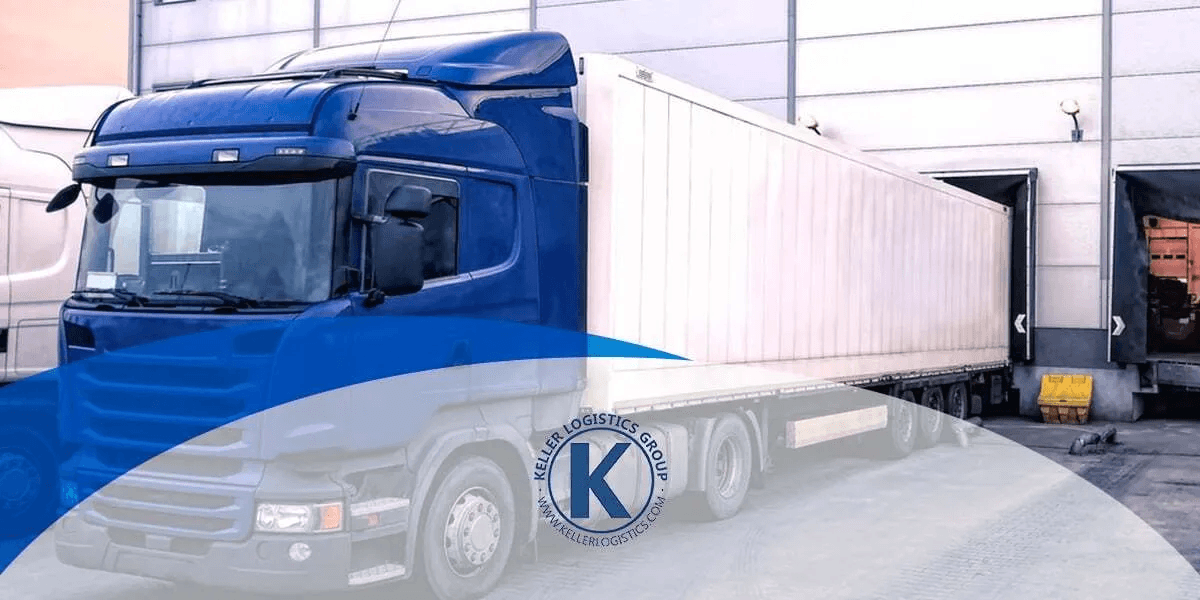


Many different factors affect dock & shipping efficiency. Whether it’s a disorganized dock design, poor carrier communication, inflexible operations, or overly complex processes, inefficiencies have a way of catching up with you. Smart shippers understand the impact of any potential bottleneck in their shipping operation. They’re constantly searching for dock shipping improvements to lower costs and keep their freight moving without delay.
The first thing shippers need to understand is that a logistics operation determines its cost efficiency and service performance before the first pallets leave the dock. They are the result of good planning, processes, and decision-making.
The pressure most shippers now face with shorter lead times and tight delivery windows makes efficiency all the more important. Lately, the impact of world events has made available carrier capacity challenging to predict in the world of dock-to-dock delivery. It’s important to take care of your key logistics partners and ensure a good experience for them, too.
The partner relationships you cultivate now will pay off when capacity gets tight again. As any industry veteran knows, a buyer’s market for freight doesn’t last forever in a cyclical market. We’ve outlined eight ways you can improve your own loading dock and dock shipping operations to lower your costs and become a shipper of choice.
When you want to improve your dock shipping process, your dock itself is often the best place to start. An inefficient loading dock design can be one of the main problems within your transportation process. When your dock is prone to complications and becomes a bottleneck, it creates delays in getting trucks loaded. Those delays can impact on-time delivery performance and result in over, short, and damage (OS&D) issues.
Evaluate the following areas to find ways you can improve your dock design:
Does your scheduling process put a burden on your transportation partners? A lack of flexibility with how you work with carriers to get them loaded could end up costing you in the long run. Offering limited shipping or receiving hours to carriers rather than open windows of time makes it more difficult for drivers.
Being restrictive with dock availability can make sense for you, but creating a balance may be better overall from an efficiency standpoint. Consider starting with a limited number of appointment times for key freight in specific lanes. This solution will give transportation partners more specific and reliable options for pickups and deliveries, increasing the likelihood that they’ll accept your loads. Allowing dock appointments also makes it easier for shippers to plan the necessary work and better schedule employees.
Develop an open dialogue with your carriers. Clear communication between shippers and carriers helps transportation partners stay informed of any changes in shipping patterns and reveals any overlooked issues. A mutual understanding of one another’s day-to-day struggles lets you foster long-lasting partnerships and implement solutions that check or even lower costs for both of you. You’ll also receive better service on a regular basis if you make a point to include your carriers in forecasting.
You can accomplish this with regular carrier reviews and key performance indicator (KPI) discussions. Visibility is critical for operational efficiency, and alerting your transportation partners to upcoming volume shifts is a sure way to get preference.
Nobody wants lengthy detention times, especially carriers. If drivers are waiting at your dock for hours on end, your rates are likely to rise while your reputation plummets.
Carriers add charges like detention fees to account for inefficient loading processes and offset the long hours their drivers spend sitting idle. Detention fees kick in after two hours, with a typical hourly rate between $30 and $90. Depending on the carrier, extremely long delays may cost as much as $1,000 per hour.
Integrating drop trailers into your shipping operation is one way you can decrease wait times. While they may come with additional costs or require more coordination, the extra flexibility should have a positive impact on your bottom line in the long run.
Minimizing the time drivers spend picking up or dropping off their loads is crucial. The following can help you make things simpler for your drivers and reduce dock times:
It also won’t hurt to offer perks for waiting drivers, such as free Wi-Fi, coffee, water, or vending machines. Thoughtful gestures like these go a long way toward maintaining driver satisfaction.
While you may need some expensive material handling equipment on the dock, not all new machinery needs to break the bank. Things as simple as enhanced safety devices, well-maintained hoist trucks, and pallet jacks can significantly impact your shipping efficiency and integrate into your daily operations easily.
However, sometimes larger investments like a dock scheduling system can be invaluable to your dock’s efficiency. A loading process connected to your TMS or ERP will help lower labor costs and eliminate unnecessary manual planning.
Are your delivery service expectations realistic? It’s essential to properly plan your loads and account for realistic transit times, which means knowing what’s necessary from a production and scheduling standpoint.
Shippers must build in the lead and transit times that loads need. Failure to do so will result in either:
It’s crucial to know precise carrier transit times and use that information to find the optimal balance.
Truckload carriers highly value consistent cash flow, as delays in invoice payments have real consequences for carriers. If you want to be a good partner to the carriers taking care of your freight, don’t make them chase you down for being late.
Shippers can utilize electronic billing to send payments, automating and simplifying the payment process. This kind of digital readiness will help you increase operational efficiency and express your technological capabilities to your transportation partners.
Being a shipper of choice can give you more desirable rates and access to capacity when you’re in a bind. Aligning your shipping processes with carriers’ priorities demonstrates respect for their time and bottom line while ensuring your freight moves more smoothly.
An efficient shipping dock is a win for your customers, carriers, and company, and shipping efficiency starts with good planning and preparedness. At Keller Logistics, we embody every part of the logistics industry.